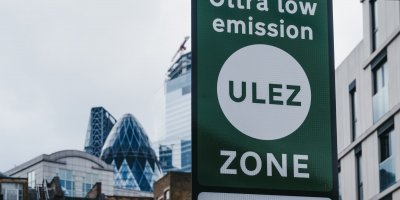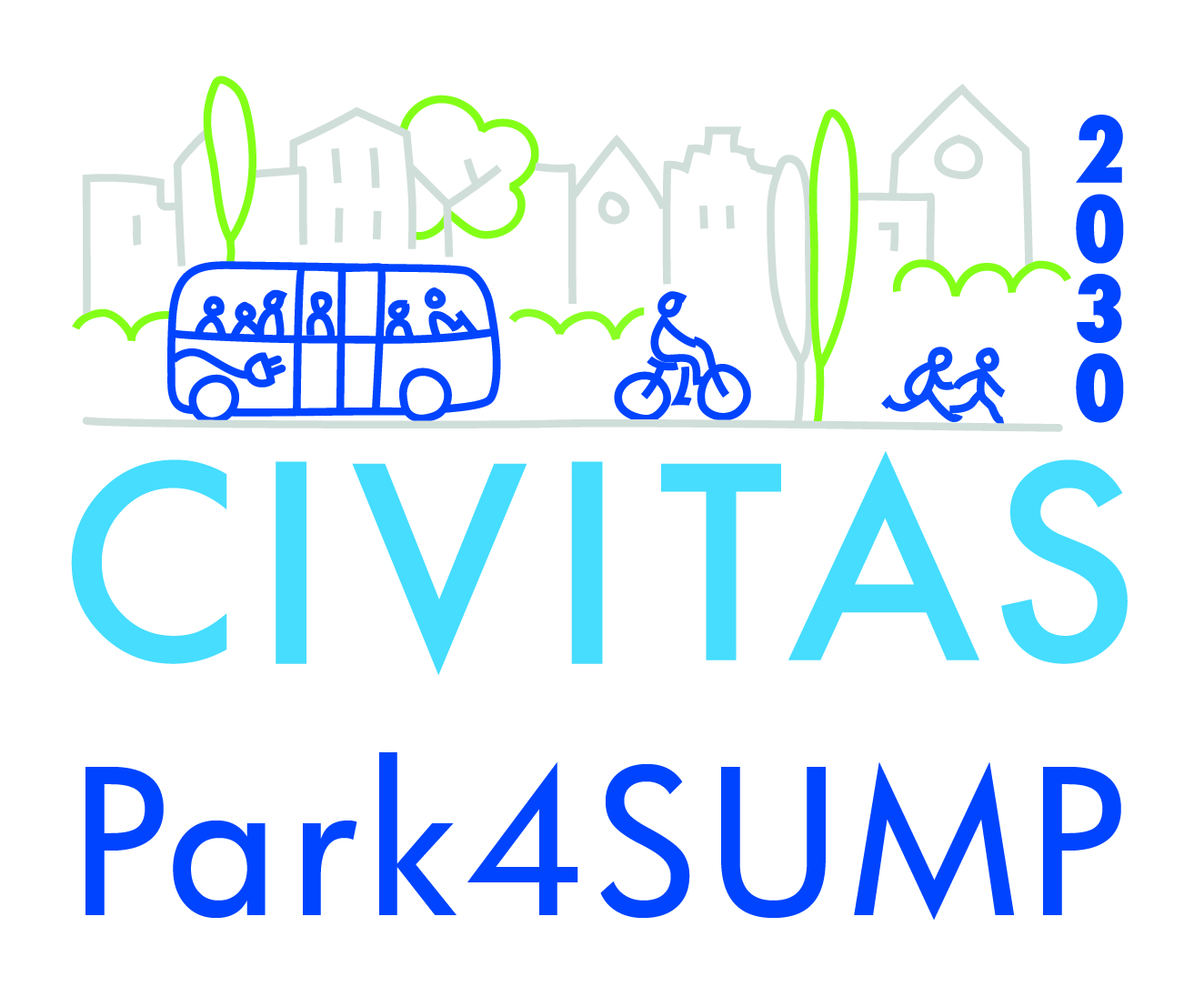How to get cars out of city centres? Park4SUMP city mentioned by The Guardian

A mixture of incentives and restrictions are available to limit the negative externalities of passenger cars in European cities. A peer review of almost 800 reports and case studies from across Europe has identified several successful solutions, which are summarised below. You can find more information and source material in the article from ‘The Guardian’, which was published on 16 April 2022 here.
The Park4SUMP project partner Rotterdam is famous for their efforts to significantly reduce the number of parking spots in the centre. A medical centre in the Dutch port city decided to charge their employees for parking at their premises to promote commuting with public transport or means of active mobility. This led to a reduction of car commuters of up to 25%.
Other cities and authorities decided to support inhabitants with travel planning devices, such as apps, trip planning information, information events or reduced fares for employees, students or children. These ‘carrots’ had some (varying) successes, ranging from around 11% of parents in Norwich (UK), who decided to stop driving their kids to school, while offering them alternative solutions. Around ¼ of students in Catania (IT) switched from their private cars to public transport after free subscriptions were offered.
Whereas the ‘carrots’ showed some success, ‘sticks’ were much more effective to reduce the car impact on inner cities: ‘limited traffic zones’, ‘parking regulations’ and ‘congestion charges’ have reached the podium of best practices according to the German and Swedish researchers. Rome decided to limit the access to the city centre only to residents for specific times of the day and reduced congestion by 20%. Oslo had similar success with their pedestrianization strategy, and the London congestion charge reduced car traffic even by around 33%.
The twelve highlighted solutions are:
12. Apps for sustainable mobility
11. Personalised travel plans
10. School travel planning
9. Car sharing
8. Mobility services for universities
7. University travel planning
6. Workplace travel planning
5. Workplace parking charges
4. Mobility services for commuters
3. Limited traffic zones
2. Parking and traffic controls
1. Congestion charges
